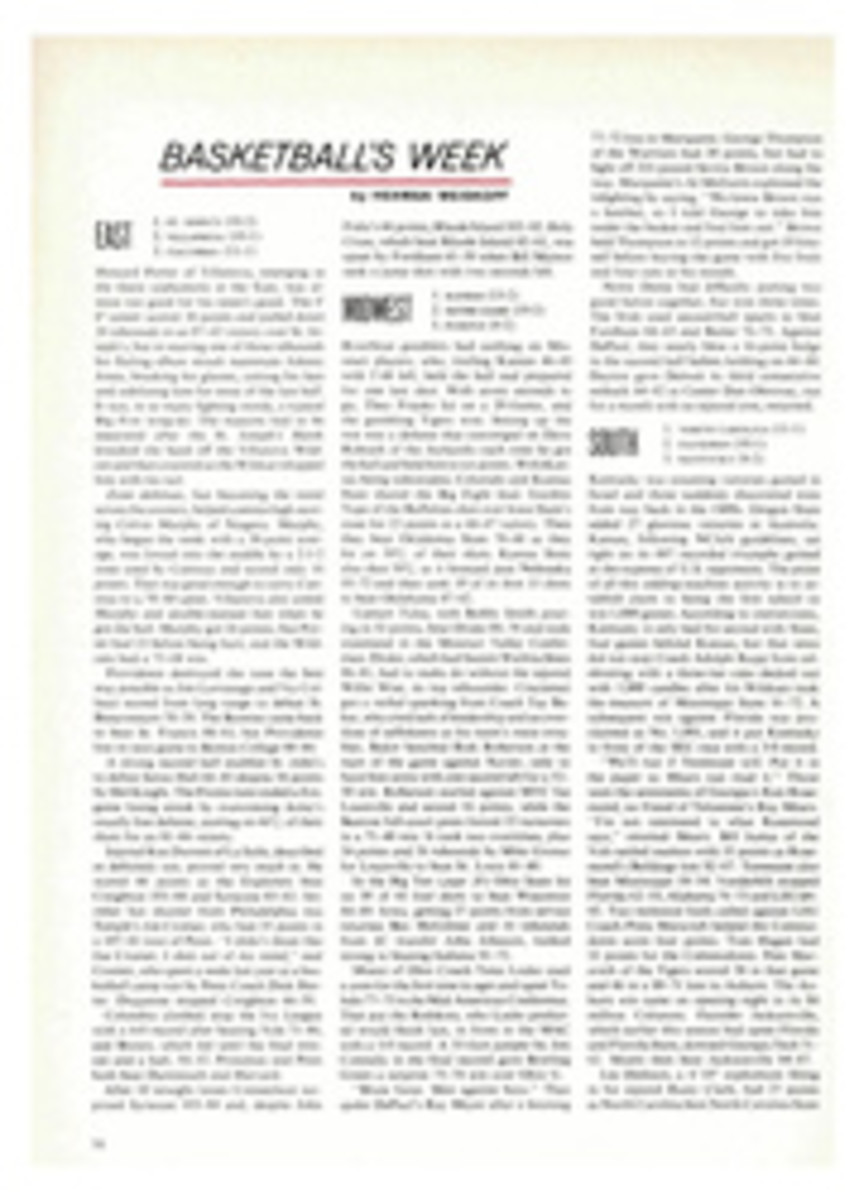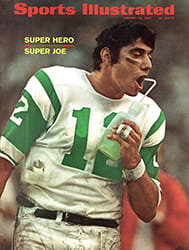
LETTER FROM THE PUBLISHER
Robert Boyle, whose article on thermal pollution begins on page 24 of this issue, believes that fishermen are society's advance guard in detecting water pollution. They are usually the first to discover its presence for an elementary, practical reason—no fish. And if scientists are called in to investigate water pollution, it is generally because of the complaints of fishermen who are not otherwise notably interested in science. Boyle's own distinctive brand of outdoors writing, involving fishing experience (striped bass) and scientific research (all species) began a decade ago when he settled with his family in a remodeled barn at Croton-on-Hudson (river) and found himself increasingly concerned about what was happening under the stream's surface—the deterioration of what were fine fish residential areas and the growth of underwater slum conditions.
In Boyle's case, there was a radical change from the customary fisherman-and-biologist collaboration: he decided to learn more about the science, or at least to acquire enough experience to understand the problems of fish biologists as well as he understood those of fishermen. Four years ago he qualified for a New York State scientific collector's license. This entitles him to drag his 60-foot seine into the current, slipping and sliding on the silty bottom, an operation which, from the shore, suggests that he is engaged in an underwater wrestling match with the Loch Ness monster. (Sometimes he is able to induce a sedentary editorial colleague to go seining with him, but more often he is accompanied by a visiting biologist, and still more often he goes alone.)
He now collects for the American Museum of Natural History, the New York Aquarium, the Sandy Hook Marine Laboratory, the Tropical Atlantic Biological Laboratory in Miami (specimens of jack crevalle, rarely reported so far north) and a number of college science departments.
One result is that he has become a dual-purpose authority—on the teeming, complex, endangered subsurface life of the Hudson as a naturalist, and on its colorful, history-laden, above-the-surface life as a fisherman and outdoors writer. He covered every mile of its 315-mile course for his book, The Hudson River, to be published by W.W. Norton & Co. this year, and he assembled a library of a few hundred volumes on river life.
What is more pertinent to Boyle's article is that his research made him doubly conscious of a new threat to underwater life. This is the massive discharge of hot water from nuclear power plants into streams and rivers, a development which, if it continues uncontrolled, could turn them not merely into underwater slums but into lifeless, devastated areas. Nothing less than the cooperation of fishermen, conservationists, industry and government agencies will be required to clean up our rivers even under present conditions; the addition of heat to polluted water makes the problem urgent.
PHOTO
BOYLE AT WORK IN THE HUDSON RIVER

